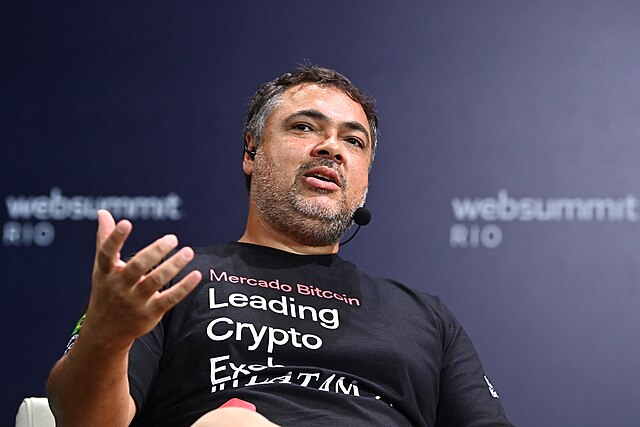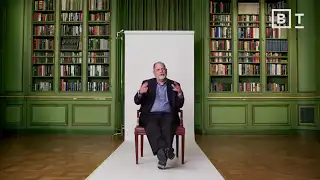Tether’s USDT Overtakes Bitcoin as the Most Traded Digital Asset in Brazil, Raising Regulatory Concerns
Brazil’s Special Department of Federal Revenue (Receita Federal) has reported a substantial increase in the usage of stablecoins, specifically Tether’s USDT. In 2023, USDT surpassed Bitcoin in transaction volume, accounting for 80% of all reported cryptocurrency transactions. This shift in the profile of cryptocurrency transactions has raised regulatory concerns, as the Receita Federal has expressed concerns about the potential implications for the country’s tax and regulatory landscape for digital assets.

There are a number of factors that have contributed to the popularity of stablecoins in Brazil. One is the country’s high inflation rate, which has made stablecoins an attractive way to protect savings from inflation. Another factor is the growing popularity of decentralized finance (DeFi) in Brazil, which relies on stablecoins for many applications. Finally, stablecoins are becoming increasingly popular for everyday financial transactions in Brazil, as some businesses are starting to accept stablecoins as payment and some people are using stablecoins to send and receive money internationally.
The rise of stablecoins in Brazil has significant implications for the country’s economy and regulatory landscape. On the one hand, stablecoins have the potential to promote financial inclusion and make it easier for people to send and receive money internationally. On the other hand, the Receita Federal’s concerns about the potential implications of stablecoins for tax evasion and money laundering are valid. It is important for the Brazilian government to develop a comprehensive regulatory framework for digital assets that addresses these concerns while also promoting innovation and economic growth.
Analysis:
The Receita Federal’s concerns about the potential implications of stablecoins for tax evasion and money laundering are justified. Stablecoins are digital currencies that are pegged to the value of a fiat currency, such as the US dollar. They are often used to send and receive money internationally, and they can be difficult for governments to track. This makes them attractive to criminals who are trying to evade taxes or launder money.
The Brazilian government is right to be concerned about the potential risks associated with stablecoins. However, it is important to note that stablecoins also have the potential to promote financial inclusion and economic growth. Stablecoins can make it easier for people to send and receive money internationally, and they can also be used to develop new financial products and services.
The Brazilian government should take a balanced approach to regulating stablecoins. It is important to address the concerns about tax evasion and money laundering, but it is also important to promote innovation and economic growth. The government should work with industry stakeholders to develop a regulatory framework that strikes this balance.
Here are some specific steps that the Brazilian government could take to regulate stablecoins:
- Require stablecoin issuers to register with the government and comply with certain regulations, such as anti-money laundering and know-your-customer requirements.
- Subject stablecoin transactions to taxation.
- Develop a system for tracking and monitoring stablecoin transactions.
- Work with international partners to develop coordinated regulation of stablecoins.
By taking these steps, the Brazilian government can help to mitigate the risks associated with stablecoins while also promoting their potential benefits.












Discussion about this post